#3 in Vietnam
Bia: Basic Information
Pronunciation
Alternative Name(s)
Drink Type
Mealtime
Popular Variations
- Bia Hơi (Fresh Beer)
- Bia Đóng Chai or Bia Lon (Bottled or Canned Beer)
- Bia Thủ Công (Craft Beer)
Bia: Ingredients and Preparation
Main Ingredients
Main Preparing Method
Preparation Process
Bia: A Deep Dive
Cultural Significance
Taste
Texture
Aroma
Color
Serving Style
Serving Temperature
Accompaniment
Occasions
Calories
Popularity
Popular Similar Drinks
- Ale
- Lager
- Stout
Popular Dining Area
Bia (aka Vietnamese beer) is an alcoholic beverage produced by fermenting sugars in a liquid, and it’s not distilled after this fermentation process.
It is a common beverage that can be found on streets across Vietnam.
The term “bia” doesn’t stem from the globally-known English term “beer,” in fact, it originates from the French word “bière.” The Vietnamese bia culture was shaped during the French colonial era.
Bia refers to different types of beer, such as bia hơi, bottled/canned beer (which can be imported or domestic brands), and craft beer, which has spread its popularity recently.
Moreover, according to the “The Beer Market in Southeast Asia” report in 2016, Vietnam had the top beer consumption in the Southeast Asian region. In 2022, Vietnam’s annual beer consumption was 3.8 million liters, accounting for 2.2% of the global market.
In general, bia’s journey starts from the times of the French colonial period, with an in-depth discussion to follow. Plus, keep reading to learn more about bia’s ingredients, common styles, renowned brands in Vietnam, and the local drinking culture.
Further details, including bia’s good aspects and drawbacks, frequently asked questions, and related dishes, will be explained below.
Key Points
Bia Images
What Is the History of Bia?
Beer, in general, is one of the most ancient beverages in the world. Its origin can be dated back to the early agricultural societies of Mesopotamia and Egypt around 5,000 years ago.
Beer brewing evolved significantly in medieval Europe. The use of hops in beer, now a standard ingredient for flavor and preservation, was popularized in Europe during this period.
Nowadays, beer has become a global beverage with its own unique traditions and styles in various countries.
In Vietnam, the foundation of beer culture was significantly influenced by French colonization in the 19th century.
The French introduced European-style brewing, which led to the establishment of the first breweries in Vietnam.
One of the most distinctive aspects of Vietnamese beer culture is bia hơi, a light, draft beer brewed daily and served fresh.
It’s known for its affordability and social aspect, often enjoyed in street-side “quán nhậu” for eating and drinking.
Moreover, the beer industry has seen rapid growth, with an increasing number of breweries and a growing interest in craft beers.
Next, continue reading for more insights into ingredients that create Vietnamese bia.
What Are the Ingredients of Bia?
The key ingredients to make bia in general are:
- Water
- Barley
- Yeast
- Hops
However, not all kinds of beer are made from barley.
Rice, corn, wheat, and oats can be ideal replacements. These grains contribute to the beer’s taste, aroma, and color.
Plus, different types of malted grains like barley and wheat are used to determine the beer’s flavor, thickness, and types.
What Are Common Types of Vietnamese Bia?
Here, you’ll explore the three common types of bia in Vietnam, including bia hơi, bia đóng chai or bia lon, and bia thủ công.
Each provides a different taste and experience to the country’s vibrant beer culture.
Bia Hơi (Fresh Beer)
Bia hơi is a Vietnamese fresh beer (or draft beer) that often skips pasteurization.
Locals maintain bia hơi’s original flavor for about 20-30 days if kept under 48°F (6°C). That’s why it is best enjoyed chilled and soon after opening to prevent souring.
This Vietnamese fresh beer is produced daily by most breweries and small bars in Vietnam. Plus, its ABV (alcohol by volume) is only 3%, and it has a light and refreshing taste.
Overall, bia hơi is one of the most well-loved beer types in Vietnam since it is available at a much more affordable cost compared to other beer types.
Bia Đóng Chai or Bia Lon (Bottled or Canned Beer)
Bottled and canned beer in Vietnam represents a diverse and growing market of beer, allowing consumers to have more options to choose from. They can be produced by local beer brands or international favorites.
Unlike “bia hơi,” bottled and canned beers undergo pasteurization and are sealed for longer shelf life. Plus, the packaging helps in preserving the taste and prevents spoilage.
They are readily available in supermarkets, convenience stores, bars, and restaurants across Vietnam.
Their portability and ease of storage make them a popular choice for both home consumption and social gatherings.
Bia Thủ Công (Craft Beer)
Bia thủ công (aka craft beer) is a potential market for beer with personalized styles. It is normally made by small, independent breweries in Vietnam.
In the past, Vietnamese fermented craft beer, known as “bia cỏ,” grew quickly for its low cost but faded due to quality and safety issues.
However, today’s craft beer market in the country is blooming with a renewed and distinct approach to brewing.
Indeed, craft beer stands out as brewers creatively tailor flavors using diverse ingredients.
Unlike traditional beers, which primarily use barley and hops, bia thủ công allows for distinctive additions, such as coffee or fruit.
Some of the favorite craft beers in this Southeast Asian country are Pale Ale, Golden Ale, White Ale, IPA, East Sea, etc.
Coming up, you should check the section below for more choices regarding well-known beer brands in Vietnam.
What Are the Most Famous Brands of Bia in Vietnam?
Vietnam is home to several famous brands, including local and international brands, which are shown below.
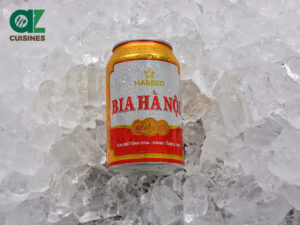
Bia Hanoi
A brand of Habeco that is partially owned by Carlsberg.A famous brand produced in Hanoi (Northern Vietnam).Has an attractive golden color, stable foam, and a smooth taste.

Bia Saigon
Brewed in Ho Chi Minh City, belonged to Sabeco.Known for its smooth, easy-to-drink quality, widely enjoyed.One of the most famous products of Bia Saigon is bia 333.
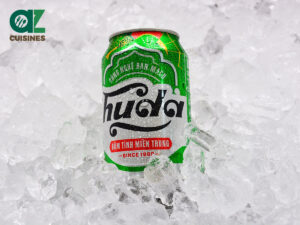
Bia Huda
From central Vietnam, specifically Hue.Noted for its light taste and higher carbonation.
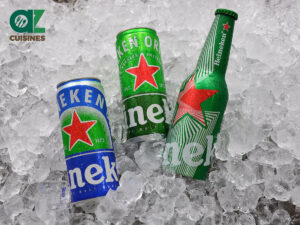
Heineken
A premium Dutch beer.Known for its balanced combination of bitterness from the hops and a subtle fruity note.Is a popular choice in various countries around the world, including Vietnam.

Tiger
A Singaporean beer brand.Popular for its crisp, refreshing, and well-balanced flavor with smooth finish.Is particularly enjoyable in warm climates, like Vietnam.

Budweiser
An American beer.Has a light, crisp taste with a hint of sweetness.Feature clear, pale golden color.Popular in urban areas and with expats in Vietnam.
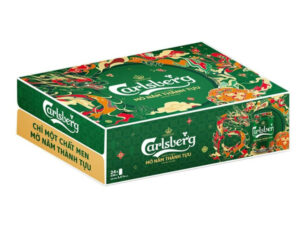
Carlsberg
A Danish beer.Has a golden color and a crisp, refreshing flavor.Commonly consumed in Vietnamese bars and restaurants.
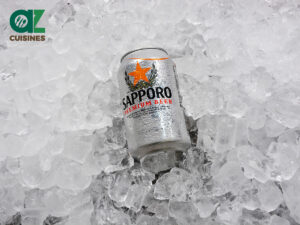
Sapporo
A Japanese beer.Has a rich, full-bodied flavor, favored by younger drinkers in Vietnam.
According to the MB Securities report in June 2022, Heineken led Vietnam’s beer market in 2021 with 44.4%, followed by Sabeco at 33.9%, Carlsberg at 8.7%, and Habeco at 7.4%.
Once you’re in Vietnam, it’s also important to know some tips of Vietnamese drinking culture, especially in sipping beer.
How Do Vietnamese Enjoy Bia?
Here are four key characteristics of how Vietnamese drink bia.
- Accompanied by Food: Beer in Vietnam is often paired with food, especially local snacks or a variety of small dishes designed to be eaten during drinking. This includes grilled meats, seafood, and other savory bites.
- Iced Beer: Due to the hot and humid climate in Vietnam, it’s common to enjoy beer with ice cubes, even on chilly days.
- Celebrations and Relaxation: Beer is a staple at celebrations, be it a festival, a family gathering, or a casual meet-up with friends. It’s also a way to unwind after a day’s work. That’s why many “quán nhậu” are operated in the country, and it’s usually crowded after 6 PM.
- Affordable and Casual: The beer-drinking culture in Vietnam is very much about affordability and casual enjoyment. Bia hơi, in particular, is famed for being refreshingly light and inexpensive.
- Common Toasting: “Một, hai, ba, dô!” (One, two, three, cheers!) is a common toast during sipping bia.
In general, enjoying bia in Vietnam is a significant part of the social culture and is typically associated with communal and relaxed drinking experiences.
Having shown you Vietnamese drinking culture, I’ll next provide information about its merits and limitations.
Pros and Cons of Drinking Bia
The positive and negative attributes of bia are as follows.
Pros
Cons
Now, let’s explore further other interesting insights of bia in the FAQs section.



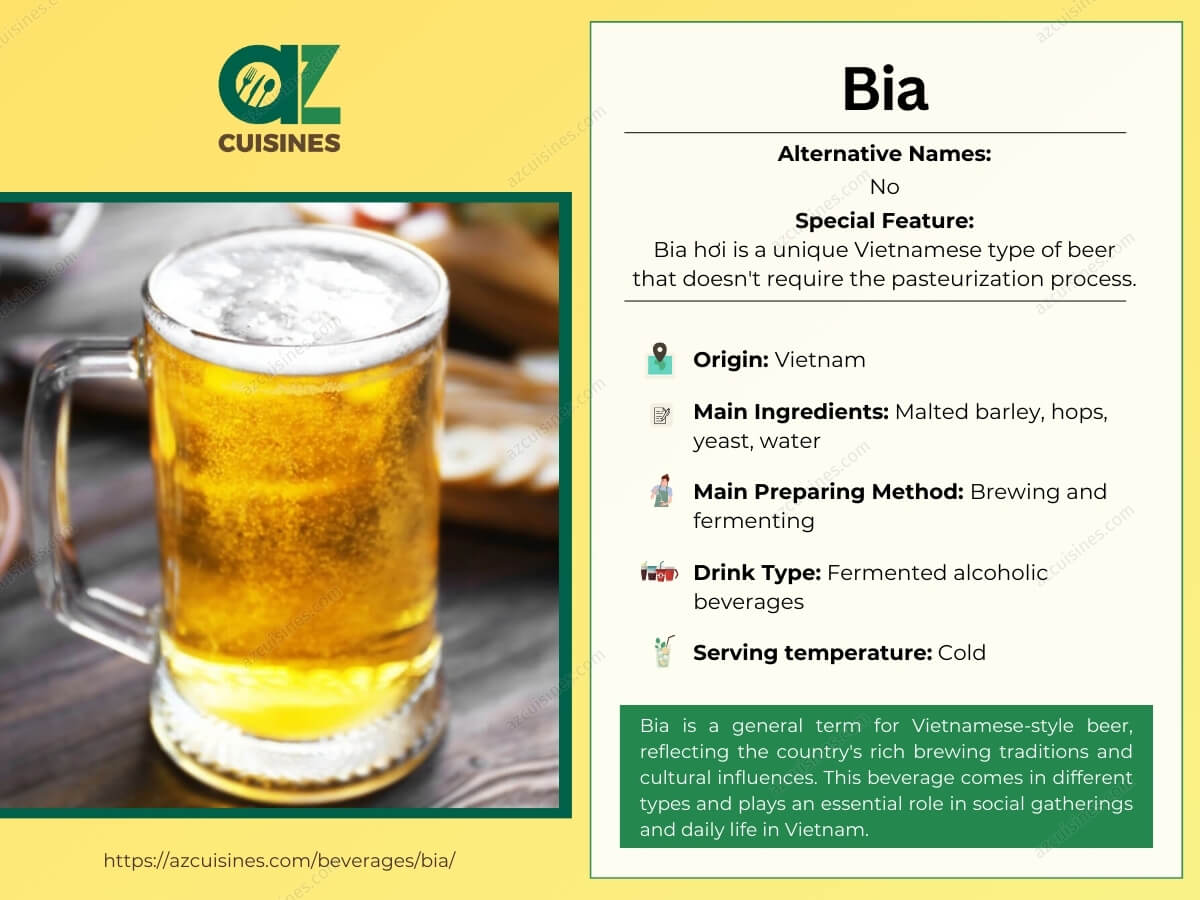
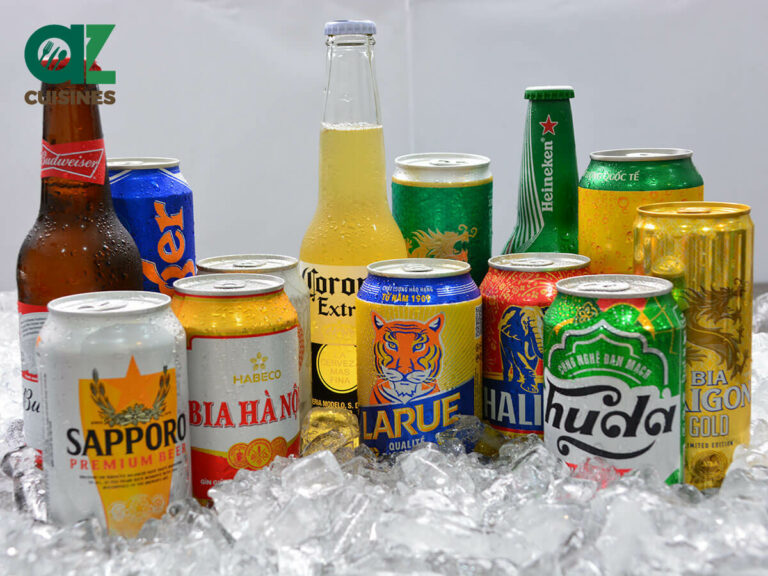



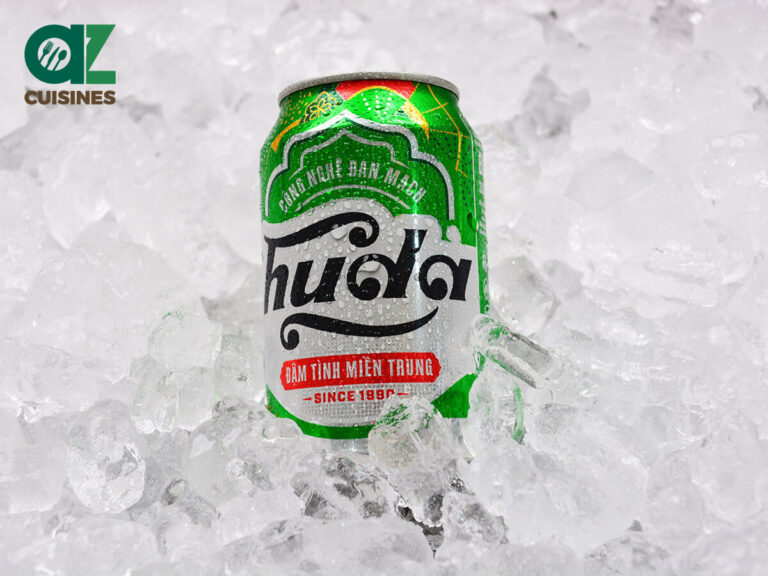
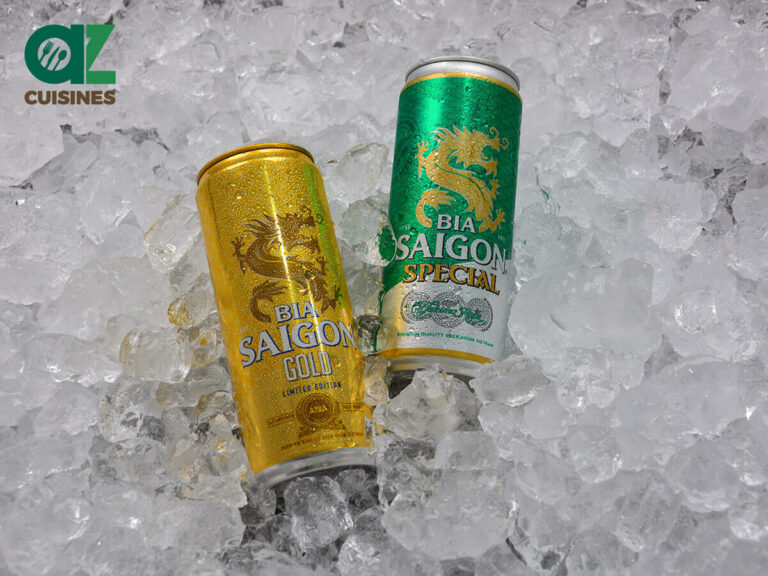


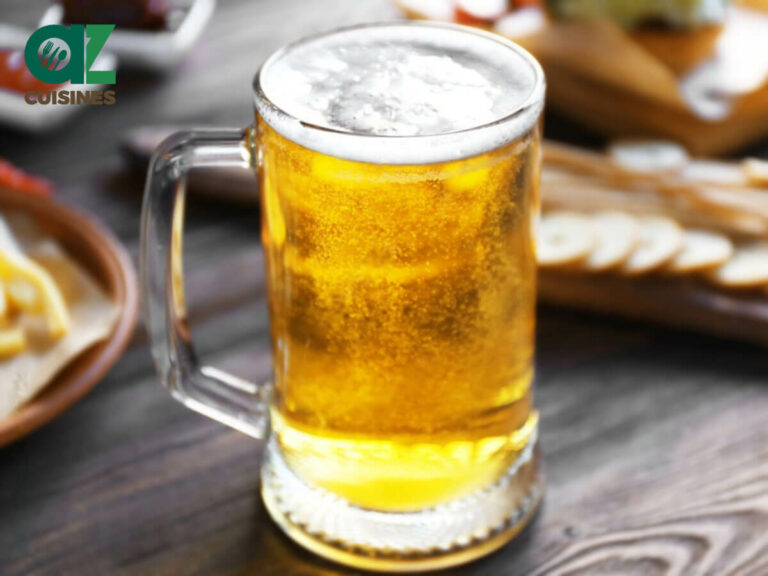
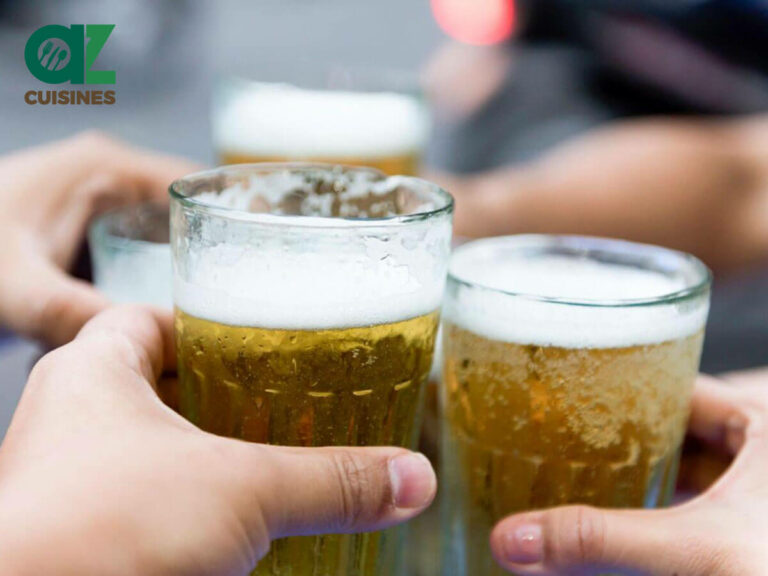
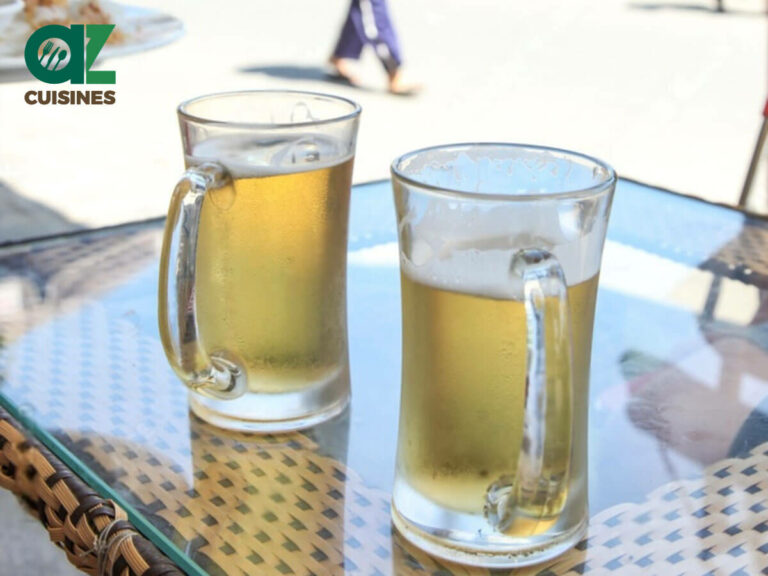
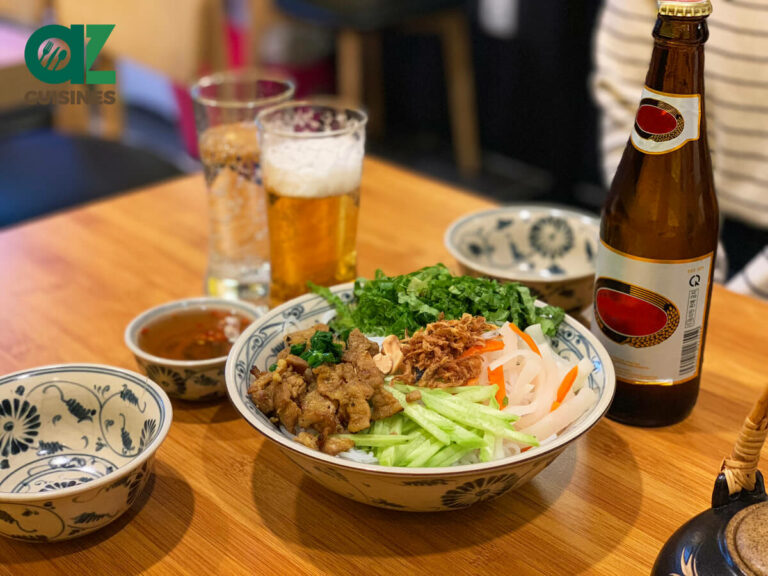
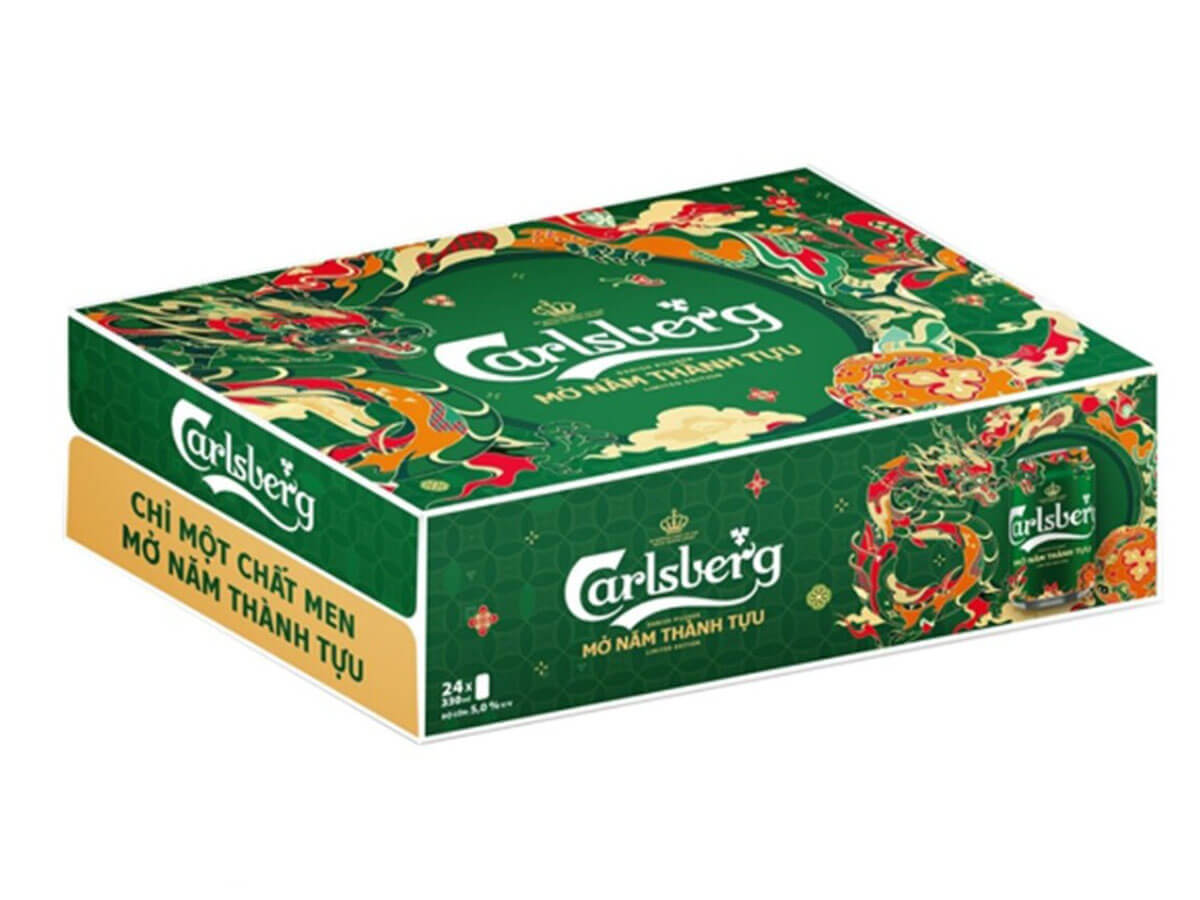

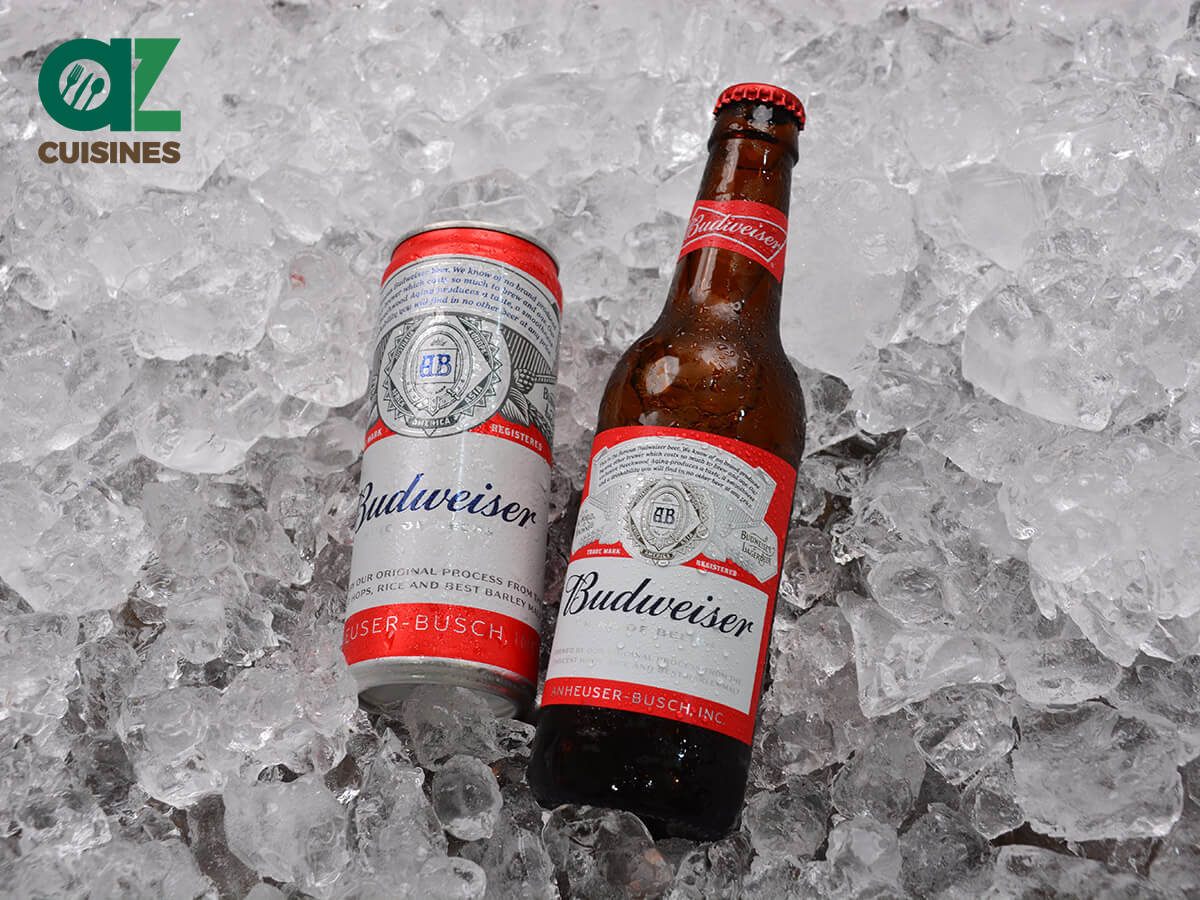


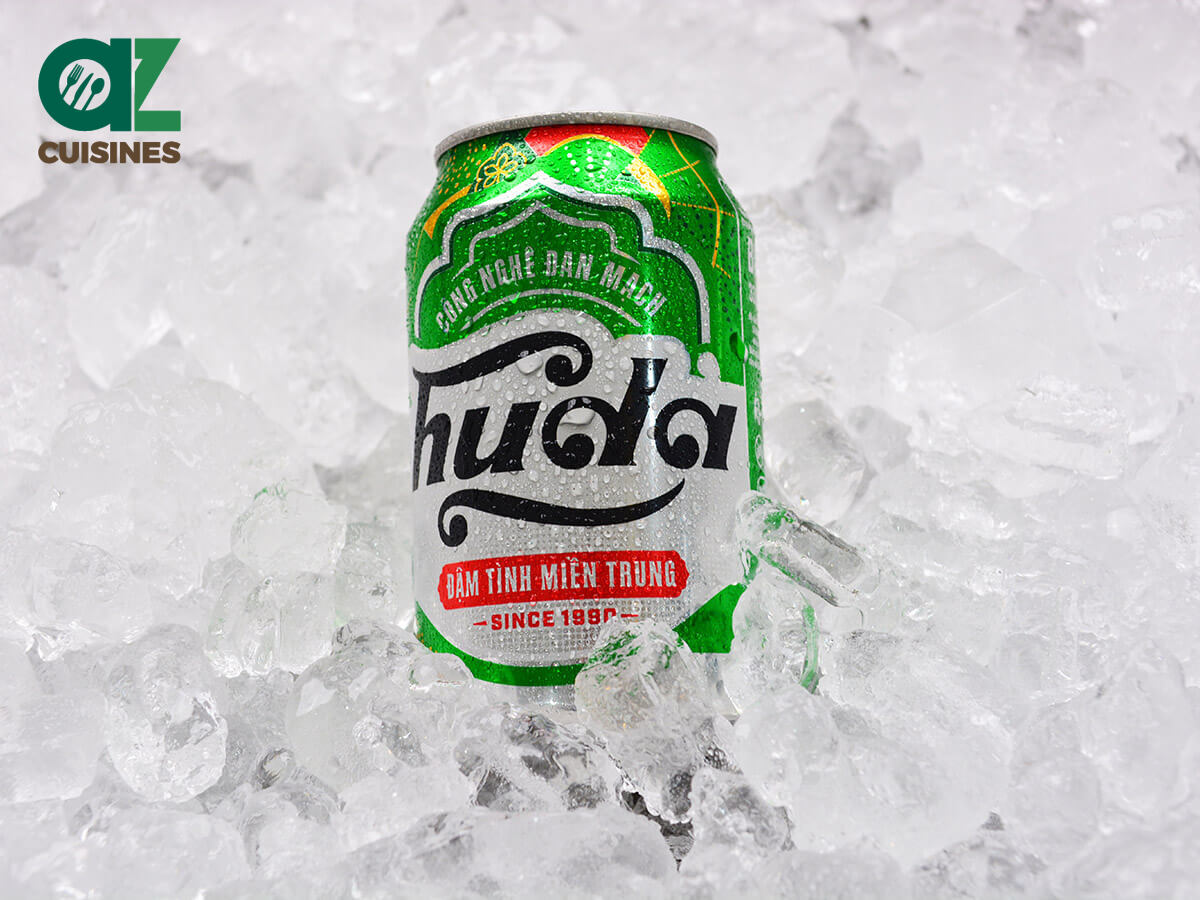
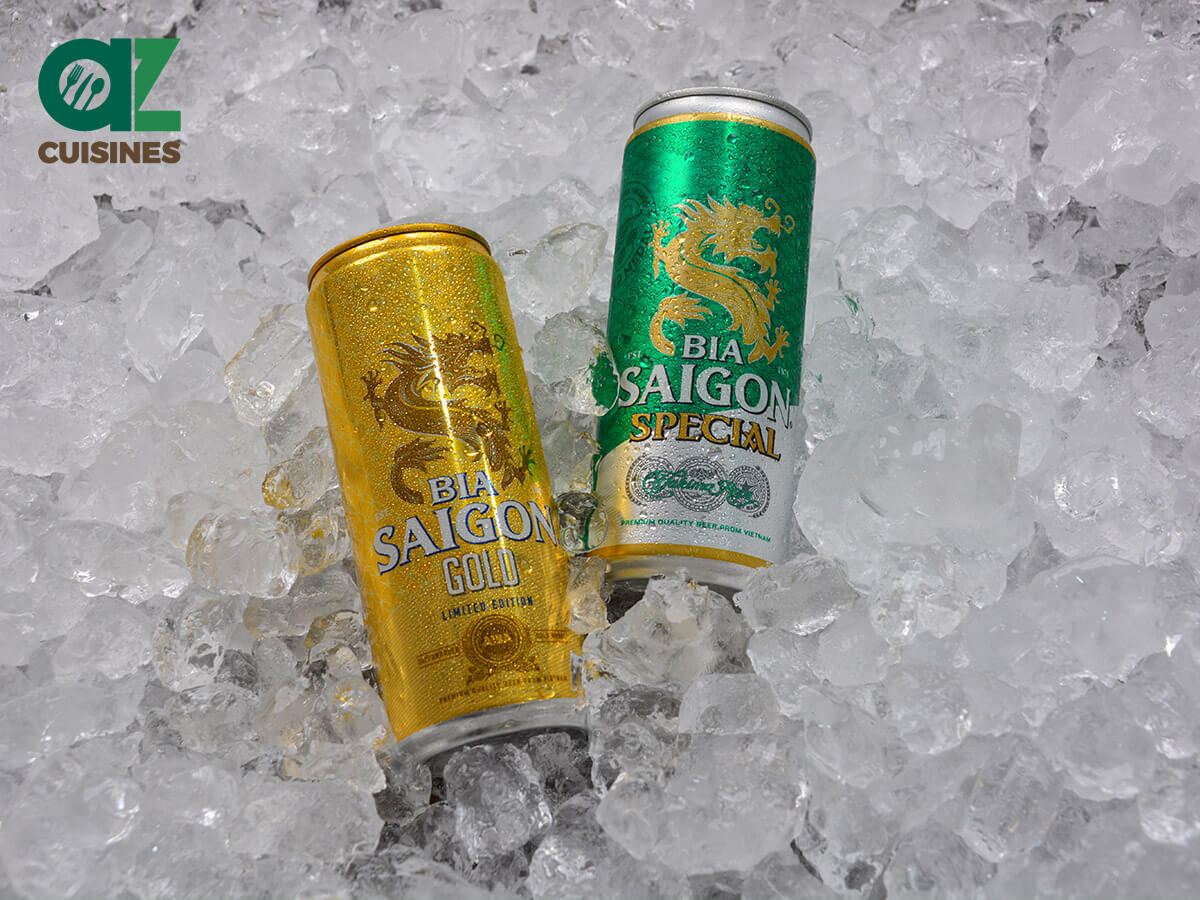
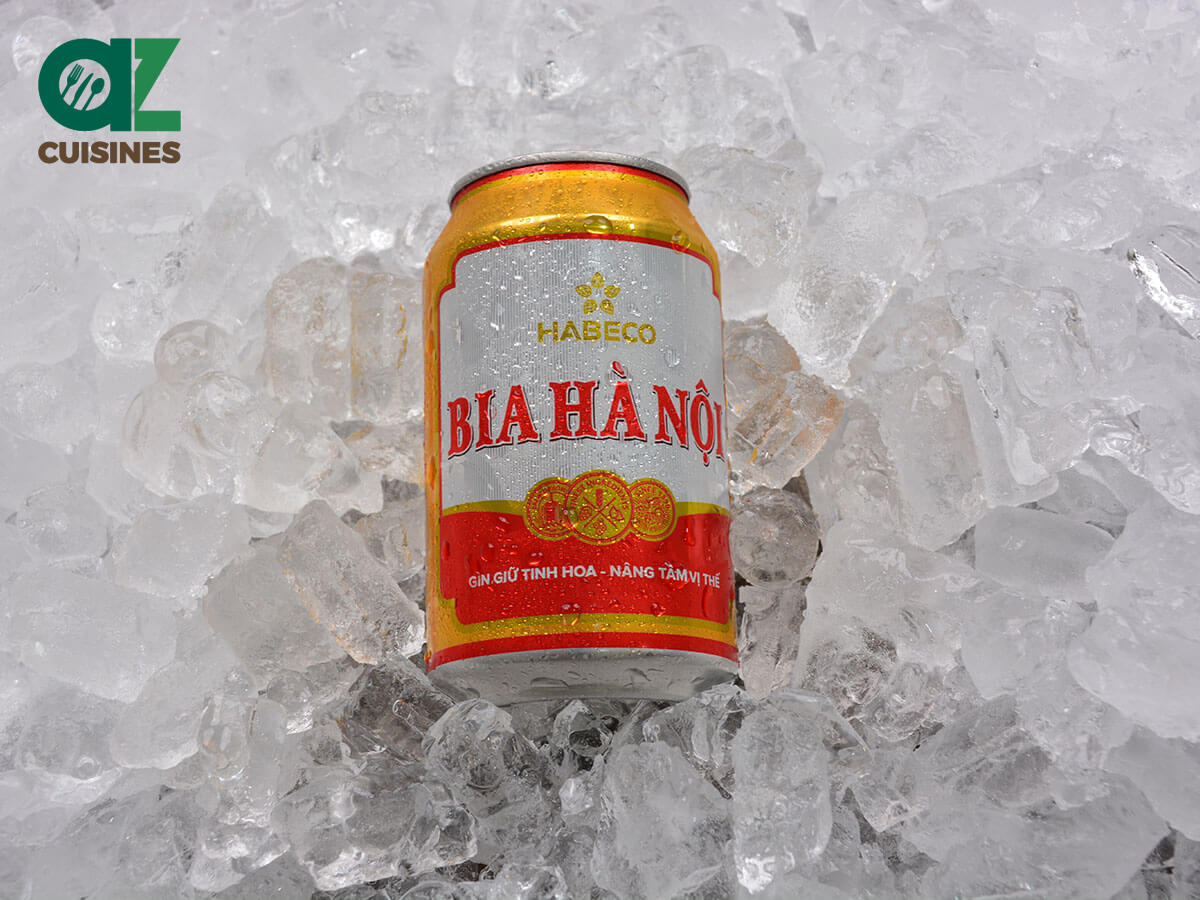



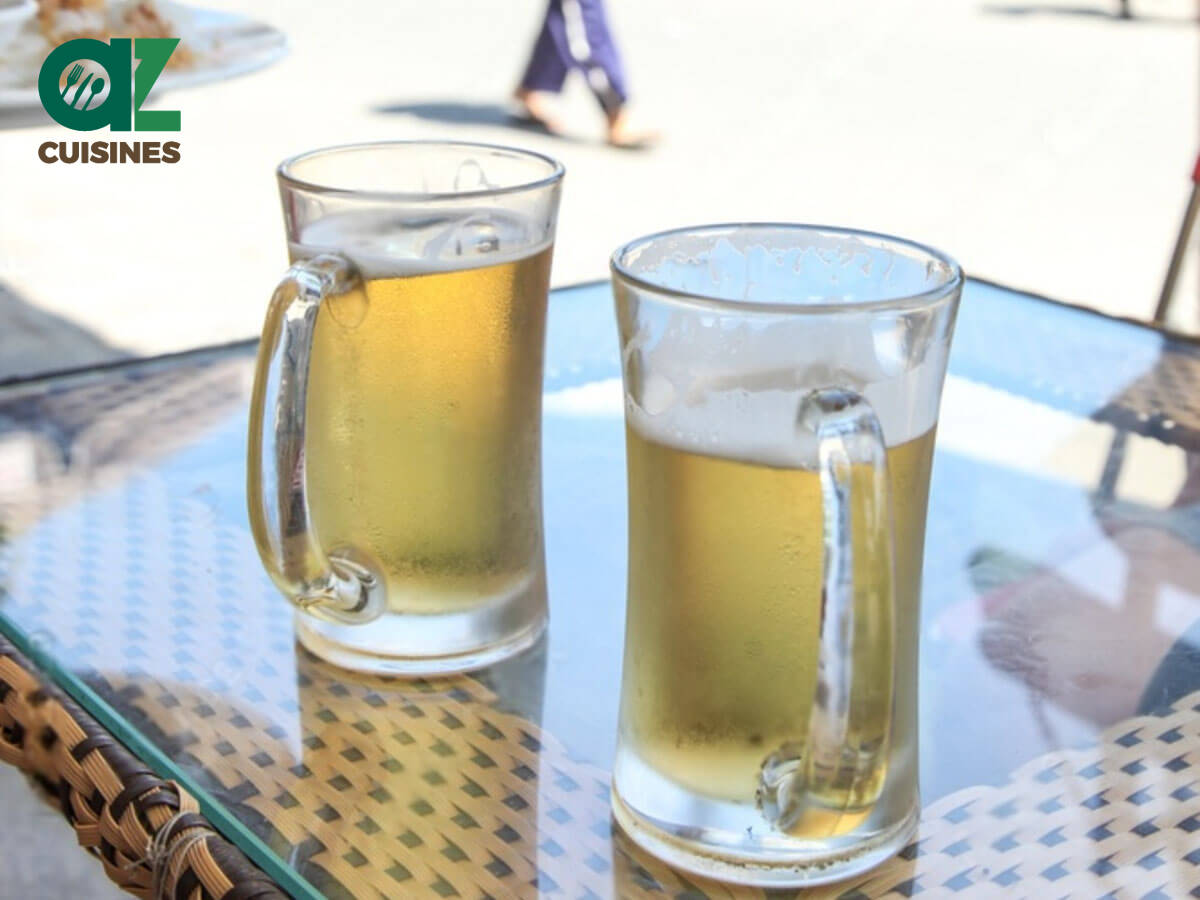
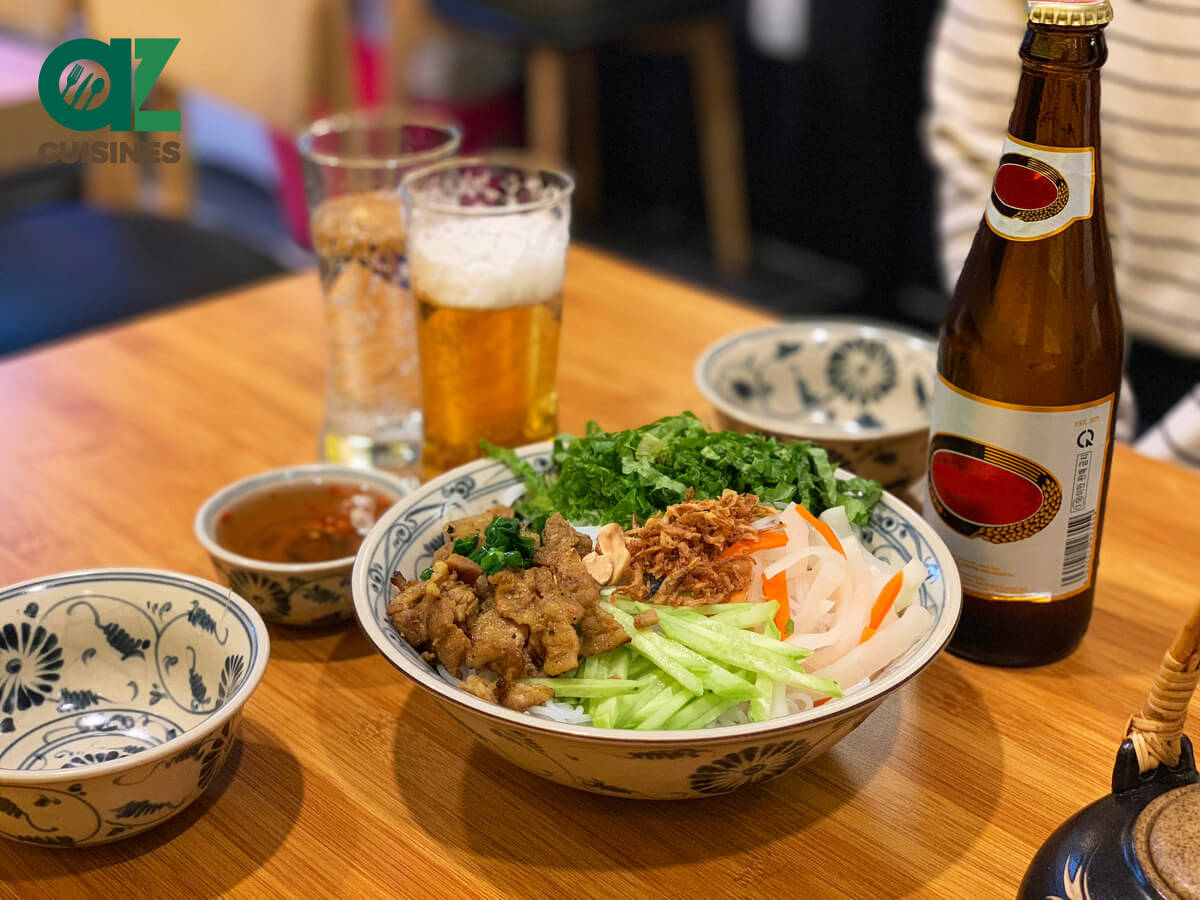
Adam Sam
Senior Food and Drink Editor
Expertise
Food Writer & Recipe Developer, Recipe Tester, Bartender, Cooking-video Maker, Editor In Chief
Education
Adam Sam, an experienced food writer and recipe developer, is passionate about blending diverse culinary traditions, national dishes, and innovative beverages, showcasing his proficiency in both traditional and modern recipe testing.
As the Editor-in-Chief, he elevates culinary content from street food to fine dining, focusing on Western cuisine and types of drinks at azcuisines.com, and is professional in creating engaging cooking videos that simplify complex dishes and ingredients.
His passion for food is evident in his writing, where he uniquely merges various cultures, traditions, and contemporary trends, skillfully combining classic recipes with modern cooking methods.